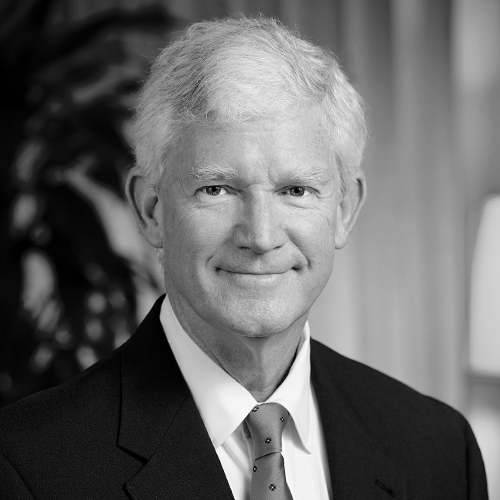Six Flags’ virtual reality initiative was born out of a need familiar to all competitive businesses—to be the first to debut something revolutionary.
Virtual reality roller coasters—in which guests wear headgear that syncs simulated realities with the twists and drops of a ride—are popping up in a few theme parks around the world. But aside from a beta version slowly being adopted, a virtual reality roller coaster had yet to hit the United States when Six Flags’ team made its creation a priority.
When a group of Six Flags executives rode an attraction equipped with virtual reality gear at a 2015 industry conference, they knew that was about to change. “Everyone got off the ride and immediately said, ‘We have to have this at Six Flags,’” says Danielle Bernthal, assistant general counsel at Six Flags.
That conference was just four months before the spring break season—a major tourist season for Six Flags. The company, then, was under “an unusual crunch” to roll out virtual reality roller coasters as quickly as possible, Bernthal says. For the design, operations, and safety teams, that meant working quickly to safely implement an entirely new ride concept in less than a quarter. For Bernthal, it was a lesson in how legal can play an integral role in the most ambitious endeavors.
Bernthal, who has worked for Six Flags for ten years, was brought into the virtual reality roller coaster effort on the contract side. She was tasked with drafting the contract for the content that riders see through the headgear.
“For us, it was an opportunity to work with a leading technology company.”
There was a heightened focus on brand protection and protecting third party intellectual property, she says. A marketing partnership was also a focal point—the rides use Samsung Gear virtual reality powered by Oculus, and Bernthal was responsible for drafting and negotiating the contractual terms of that union. “That was a perfect marriage for both sides,” Bernthal says. “For us, it was an opportunity to work with a leading technology company. For them, it was a chance to partner with a strong brand and connect with guests throughout our parks.”
The nature of virtual reality brought on other, nuanced legal implications. Samsung Gear virtual reality is relatively new technology and had never been used to enhance thrill roller coasters like the Six Flags attractions. The company had to consider guest age restrictions and the risk of motion sickness for riders—the ride “perfectly syncs” virtual reality images to the ride’s movements to minimize the risk of motion sickness, Bernthal says.
Six Flags has a tiny legal team—Bernthal, general counsel Lance Balk, and legal assistant Mary Roma make up the entire department—so the time crunch was particularly challenging. But the team managed to keep pace with the other departments throughout the entire design and implementation process.
In many ways, Bernthal says, having a small legal department is an advantage. “A lean legal team means I get to work with all areas of the company; engage regularly with senior executives; interact with the board; and broaden my experience in matters that are typically reserved for a general counsel,” she says.
With Bernthal’s help, Six Flags launched the first virtual reality rides in time for the parks to open for spring break. Next, the company will bring virtual reality to nine more roller coasters throughout the United States-—at no added cost to guests.
The company is also setting its sights on international expansion, with strategic licensing partnerships to develop Six Flags-branded parks in the Middle East, China, and Vietnam. Those parks are still in the beginning stages, so whether or not they’ll provide a home for virtual reality roller coasters has yet to be determined. But since “innovation is in Six Flags’ DNA,” Bernthal says, they’ll surely debut something revolutionary.


